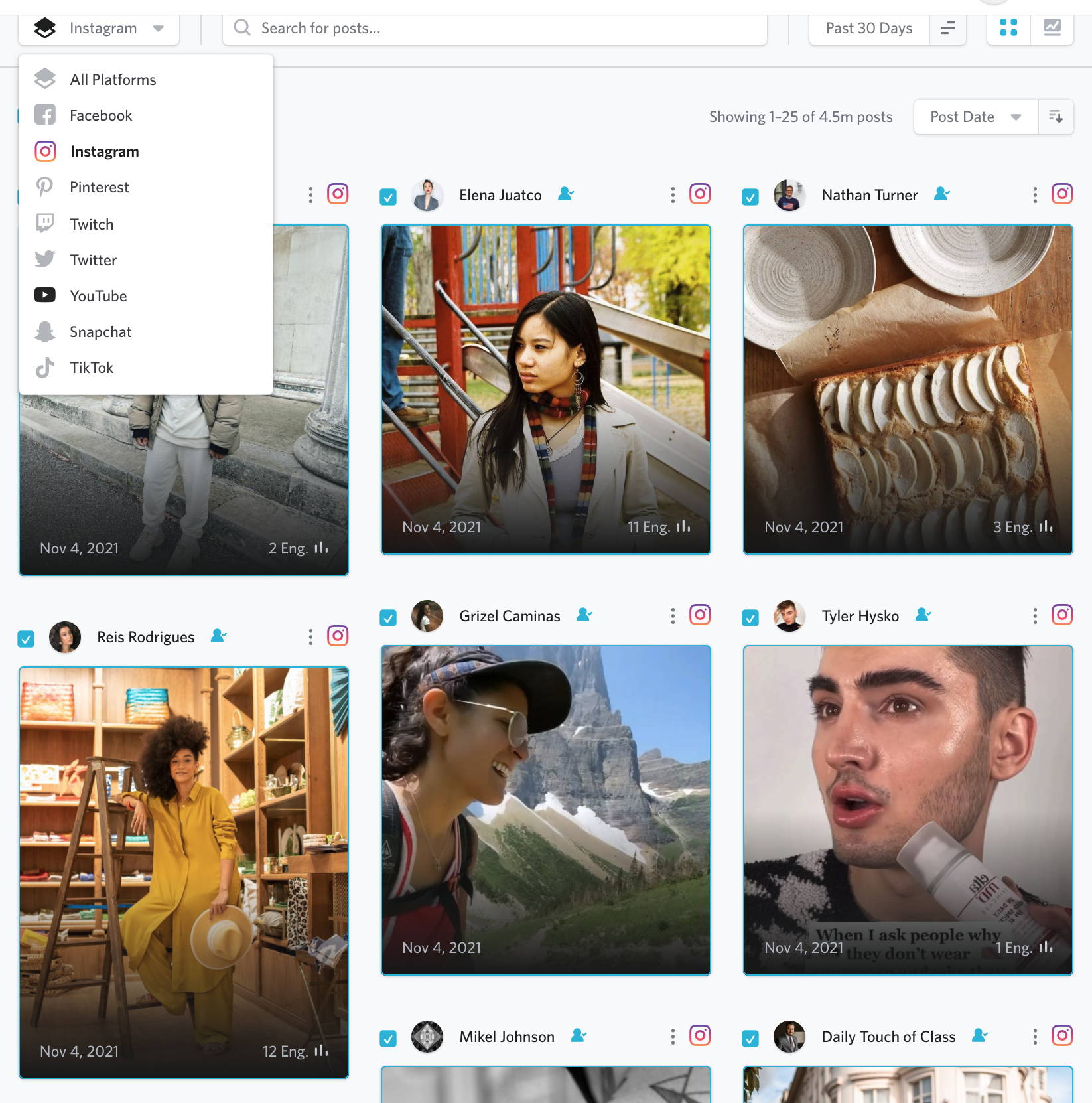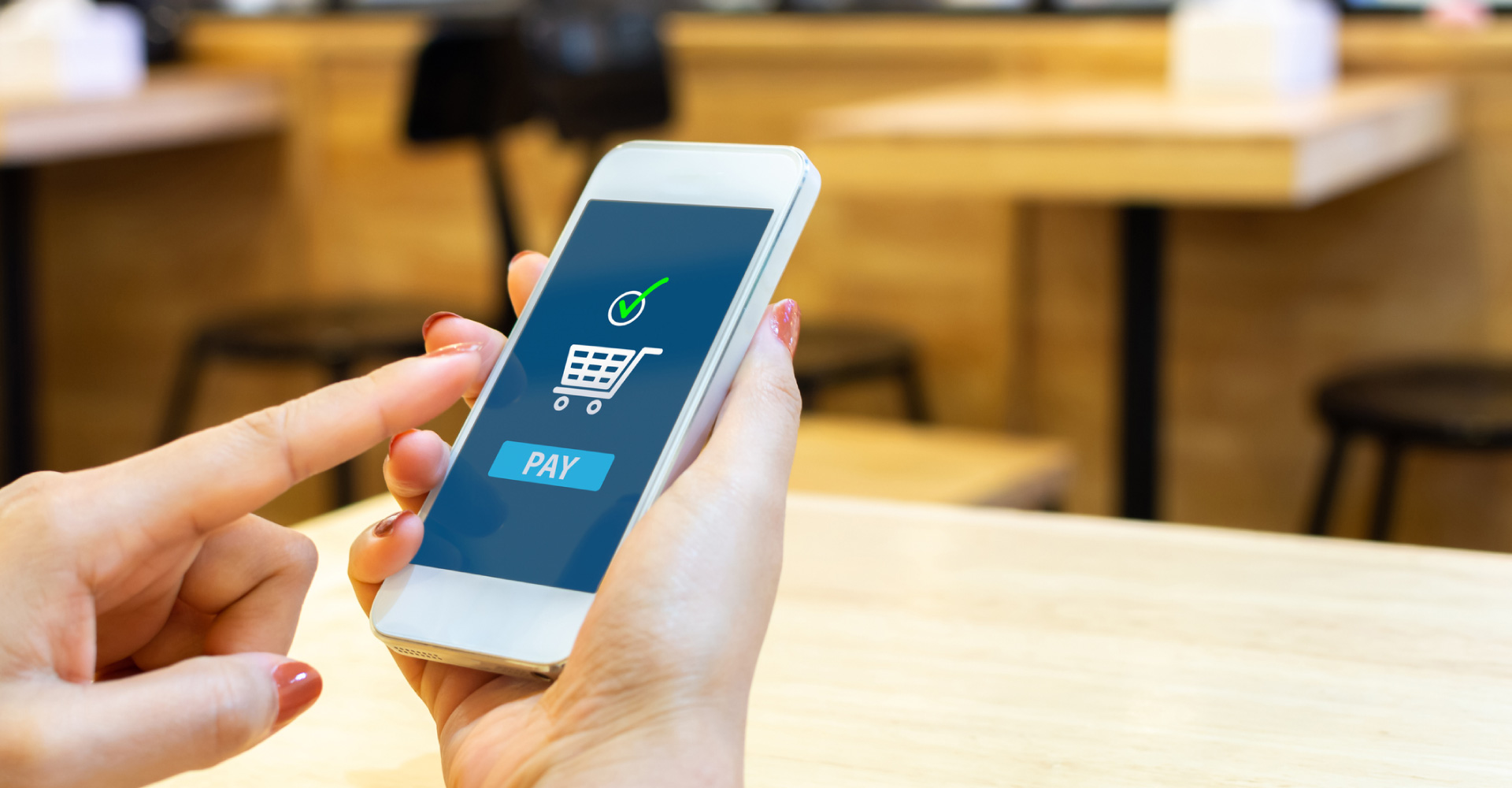What is Julius?
Julius is an influencer marketing software. Learn more about Julius here or view other related influencer marketing content here.
As a content marketer, the challenge of launching and scaling programs across an ever-growing and complex body of channels, often in the context of resource constraints, is significant. So how do you reach audiences across fragmented channels, tailor messages to diverse audience segments, create multiple types of content, and a lot of it, all the time?
Incorporating influencer marketing into your content marketing program can help you build an integrated strategy with the potential to connect you with your audience in more powerful ways than ever before.
It’s all about content
If you’ve been doing content marketing for a while, you’ll find content marketing and influencer marketing share a lot of common ground. That’s especially true when it comes to what the content is meant to achieve, how the content is used, and the function it performs.
At the core of both content marketing and influencer marketing is, unsurprisingly, content. And the purpose of an individual piece of content typically falls into one of four buckets: to educate, entertain, inform, or inspire – EEII for short. Depending on your goals as a brand, you can leverage your internal content team to create content in these categories, engage influencer partners, or execute a combination of both.
Download our Content Marketing with Influencer-Generated Content ebook

Incorporating UGC and IGC
Many content teams have embraced user-generated content (UGC) as part of their content mix. User-generated content brings authenticity, creativity, and a sense of community to brands. Disney’s #ShareYourEars campaign is a great example of beautifully executed UGC. The company launched the campaign during Mickey’s 90th Spectacular on ABC and pledged to donate five dollars to Make-A-Wish for every Facebook, Instagram, and Twitter post that used the hashtag. But few brands have the dedicated fan base Disney enjoys.Influencer-generated content (IGC) replaces customers and fans with influencers and can take many of the same tried and true approaches to collaborative content as UGC. Like UGC, reaching audiences through IGC gives you the advantage of built-in trust. But working with IGC as opposed to UGC provides brands with many advantages. Influencers are often professionals who’ve grown their followers with high-quality content and experiences. They’re experts at curated storytelling and can bring that expertise to the stories and content they create as a partner to your brand.
Just like the audiences you target, influencers come in a whole variety of shapes and sizes – male and female, young and old, and across both broad and niche topics – and that means they can be a powerful, highly targeted way for you to reach your shared audiences.
Partnering with influencers
So IGC gives you content your target audience is likely to engage with, built-in trust with your audience, and the ability to reach highly targeted audiences with this content. How can you take advantage? Here are our tips for how you can effectively incorporate IGC into your content marketing strategy.
1. Consider influencers your strategic partners
We learned in our State of Influencers Report 2019 that 61 percent of influencers surveyed reported wanting to build long-term partnerships with brands. As experts on their audience and topic vertical, they’ll be able to provide you with insights that can help you as you build your own brand content. They can share where they’ve had successes with your audience, or provide a valuable outside perspective on perceptions of your brand.
2. Experiment with different formats
Different content formats work for different people in different settings. By working with influencers, you open the door to greater content variety. Not only can you ask your influencer partners to create the specific campaign-related type of content that you might not otherwise be able to do in-house, you can also draw from their expertise in creating content for social channels.
3. Build content for the full funnel
Just like content marketing, influencer marketing content can also fit into the consumer decision-making process. When working with influencers to create content for different parts of your funnel, consider where you currently have gaps and engage influencers to create content to fill them.
4. Repurpose and amplify
You can take the same approach to repurposing as you might with content created in-house. Repurposing influencer content can entail re-sharing influencer posts on branded social media channels, using them in a branded newsletter, or collecting them into a blog post for your website.
5. Make it personal
Many brands also amplify their IGC using paid channels. According to our research, 38 percent of influencers report having their posts promoted through paid ads and 18 percent have whitelisted brands to put paid behind content on the influencer’s own channels. Keep this in mind when building your budget for IGC.
There are influencers to cover every vertical and every topic – no matter how niche. For brands, that means that not only can you reach very targeted audiences when you partner with influencers, you can also reach them through a curated feed that is specific to their interests. Throw in the ability to engage with an influencer – through likes, shares, comments, direct messages, or even at a live event – and it’s close to personalization at scale.
Julius customer Zeno Group executed insights-driven social media influencer campaigns with Barilla brand Wasa, as well as Pizza Hut and Dr Pepper, to create content and generate millions of impressions. Download our Content Marketing with Influencer-Generated Content ebook to find out how.
-1.png?width=239&name=Julius%20By%20Triller%20-%20Wordmark%20-%20Purple%20(1)-1.png)







